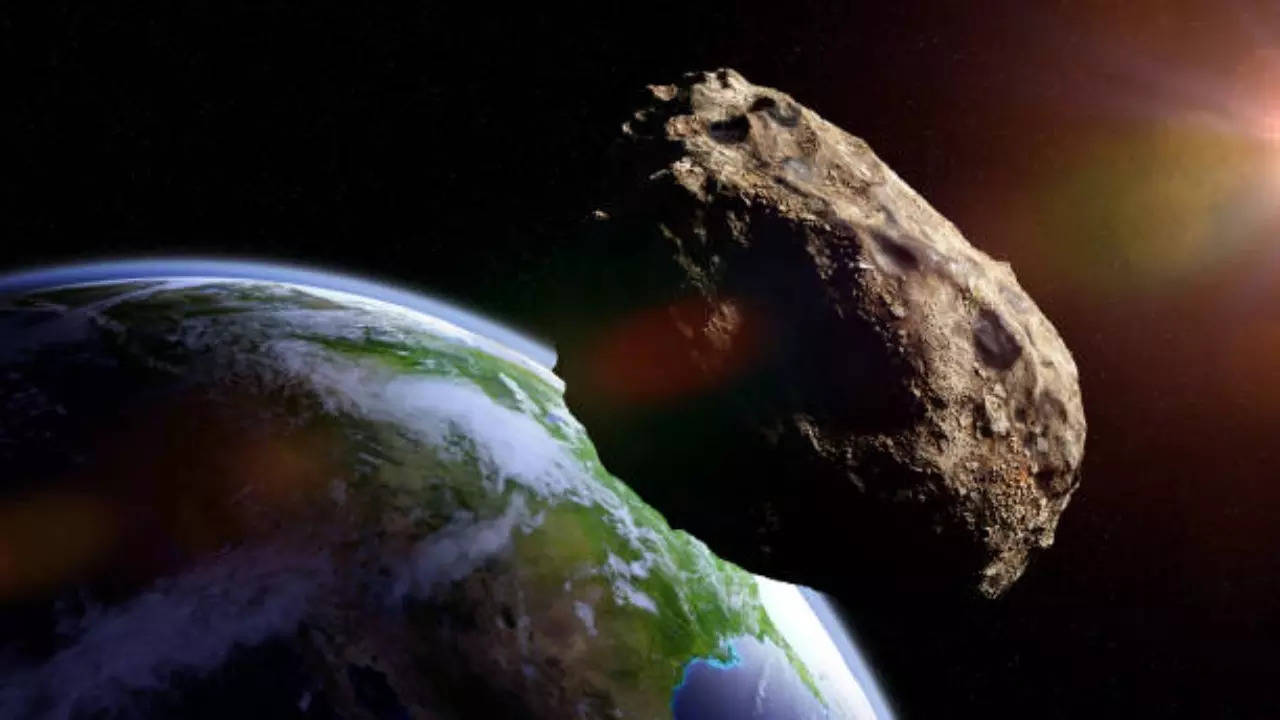[EXPLAINED]: Why NASA's DART is crashing into an Asteroid?
DART would crash into an asteroid called Dimorphos some 11 million kilometeres away from Earth. The crash would be keenly watched for it will help NASA understand how it can deal with potentially dangerous asteroids headed towards Earth in the future.

Representational image
Photo : iStock
Mumbai: Some 66 million years ago, an asteroid strike wiped out dinosaurs from the face of the Earth. With hundreds of thousands of asteroids floating in space, one never knows which could be headed our way next. And to ensure that we have an answer, America’s NASA will conduct the world’s first planetary defence test missions- DART or the Double Asteroid Redirection Test. Here’s all you need to know about DART.
What is DART?
Imagine a giant asteroid speeding towards Earth at an astronomical pace. The collision would certainly spell a catastrophe like it did 66 million years ago. But what if we could change the asteroid’s path? What if we hit the asteroid before it hits us? NASA’s DART would aim to achieve exactly that.
At around 4:44 AM IST (Sep 27), the DART spacecraft would crash into an asteroid called Dimorphos at a mind-boggling speed of 23,760 kmph. NASA wants to see if the impact can alter the asteroid’s orbital speed by a small fraction. A slew of telescopes, both on Earth and in space, would keep an eye on the impact to record changes in Dimorphos’ orbit, if any.
Why is DART Important?
You see the asteroid that wiped out dinosaurs was not the only one. Nearly 2,000 such dangerous asteroids lurk in Earth’s neighbourhood. NASA keeps a count of Near-Earth Asteroids or NEA, and on an average, 30 new NEAs are detected each week. These asteroids run the risk of collision with Earth in the future. And NASA wants to be prepared to hit them back. DART is NASA’s first attempt at building a robust future planetary defense mechanism. NASA believes even if the crash induces a tiny change in the asteroid’s orbital speed, it will alter its path thus giving the space agency a tool to deflect a potentially dangerous asteroid in the future.
DART, LICIAcube, and DRACO
The mission was launched In November last year when the DART spacecraft was launched onboard SpaceX’s Falcon 9 rocket. The refrigerator-sized spacecraft has only one instrument on board - Didymos Reconnaissance and Asteroid Camera for Optical Navigation (DRACO). This high-resolution camera will help DART determine the size and shape of the target asteroid Dimorphos. Giving it company is the LICIAcube - Light Italian Cubesat for Imaging Asteroids- a 14kg cubesat with two optical cameras on board. LICIAcube will watch DART crash into Dimorphos from a safe distance of 1000 kilometres. Images and data collected by LICIAcube will be crucial for NASA to determine the impact of the collision and ultimately the mission’s success.
When and Where to Watch DART’s Collision with Dimorphos LIVE?
NASA will live stream the event on its app NASA TV and on YouTube. The livestream will begin at 3:30 AM IST on September 27.
Trending:
End of Article
Subscribe to our daily Newsletter!





Related News





Garena Free Fire Redeem Codes April 24: Secure Dazzling Awards

Today's Wordle Answer And Hints For #1040 On April 24

iPhone Sales In China Dip As Huawei Surges; Vivo Leads The Market

Instagram Down In India: Thousands Of Users Frustrated As Platform Goes Offline

Apple Announces Special Event For May 7, Likely To Launch New iPads









